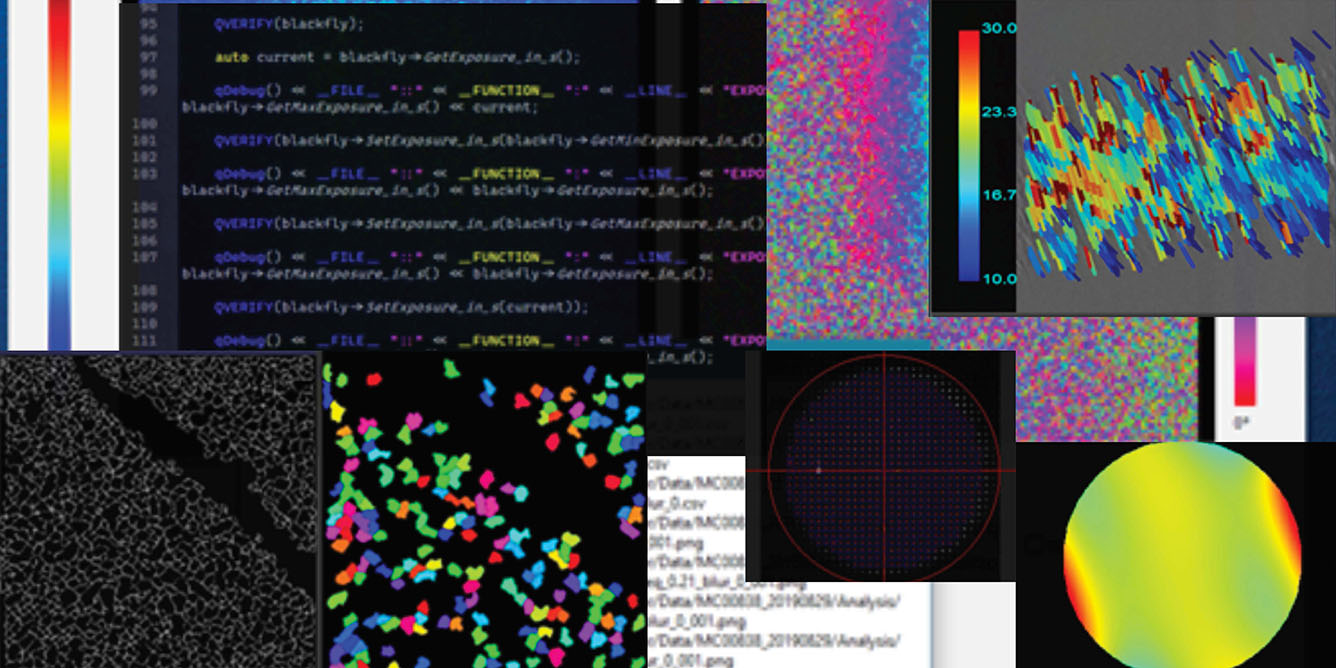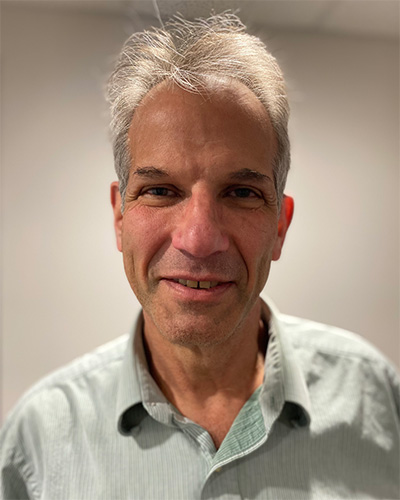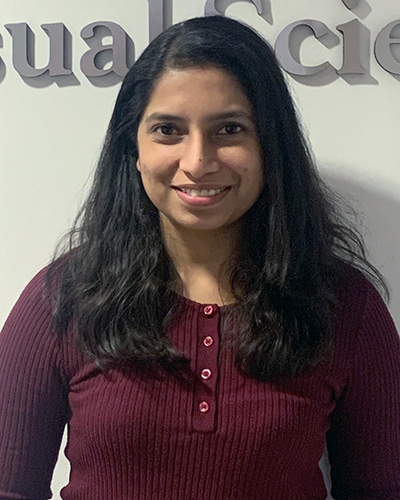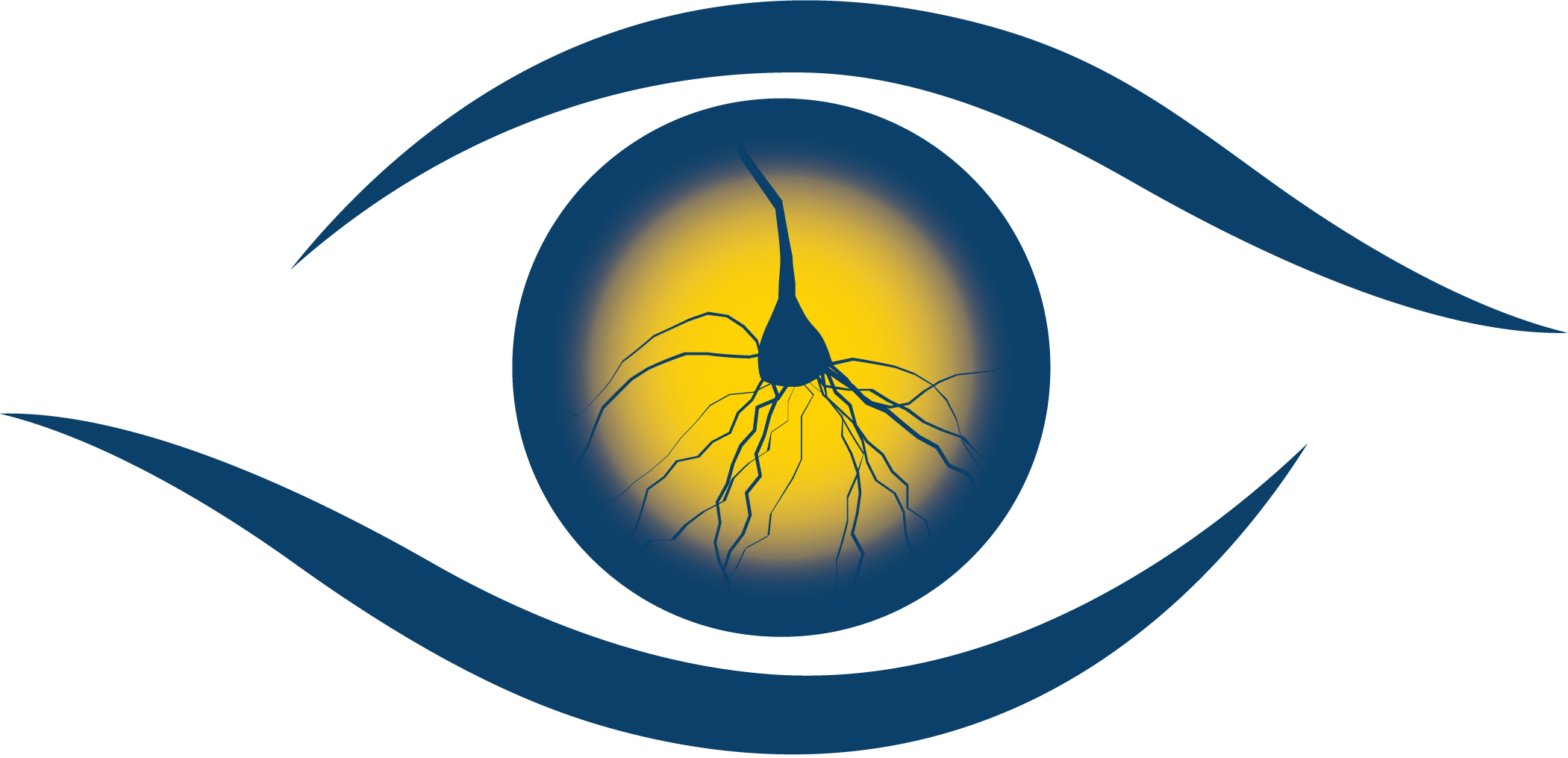
Core Computing Module
Scope
The Computing Core provides experienced programming and electrical engineering to assist with:
- developing new software platforms (e.g, visual stimuli, behavioral control, and image and data acquisition and processing)
- interfacing and control of custom hardware
- development of analysis pipelines
- software support
- driver/computer compatibility with existing advanced systems
Leadership

Greg DeAngelis
Director

Jesse Schallek
Associate Director
Staff

Lawrence Bernstein
Research Engineer

Sindhu Kishore
Analyst/Programmer

Keith Parkins
Research Engineer
Resources and Expertise
The computing module provides the following expertise:
- Generation of complex visual stimuli for psychophysical and physiological experiments, real-time experimental control, data analysis, and modeling
- Algorithm design for real-time data acquisition
- Data structure design for on and offline processing
- Support to C#, C, C++, Python and Matlab (Java) implementations
- Hardware drivers for managing assets through software
- Purchasing recommendations for hardware
- Offline data analysis
- Algorithm testing
- Software deployment
- Fast image processing using industry standards (OpenCV)
Research Enabled by the Module
The computing module provides support to a vast array of CVS projects. Some examples include:
- Prototype system for controlling and collecting corneal scans to measure higher-order aberrations by wavefront sensing
- Custom software for real-time analysis retinal blood flow
- Analysis software for fluorescent images from retina of non-human primates
- Software package for non-human primates to perform a steering task in virtual reality
- Software for a visual-haptic apparatus for studying haptic motion perception
- Firmware and hardware controller to enable it to be used for feedback in human psychophysical experiments for optic flow perception
- Software to spatio-temporally register fast acquisition fluorescence lifetime ophthalmoscopy (FLIO) with data captured by a scanning light ophthalmoscope, using custom-developed algorithms based on stochastic methods mitigating spatio-temporal aliasing artifacts in the analyzed data
- Spatial integration of photon lifetime images and reflectance images using segmentation methods based on Voronoi traces
- Software to control for Adaptive Optics Visual simulation systems (high-speed deformable mirror control. Spatial Light Modulator, optotunable lenses and wavefront sensing drivers)
- Psychophysics tool kits (based on Matlab PsychToolbox) to integrate with AO visual simulators, retinal imaging/functional map of retinal scotomas, retinal imaging mice testing of functional vision and vision recovery with optogenetic restoration
- Live image tracking and registration of images with substantial intraframe warp caused by eye motion from respiration, heartbeat or remaining drift/saccades, allowing for longer, contiguous data acquisitions and uninterrupted analysis of long visual stimulation regimes for visual psychophysics and calcium fluorescence imaging using different visual stimuli that span
Computing Module In Numbers
- Contributed to 85 publications
- To be used by 15 of the 21 participating investigators in the next funding period



